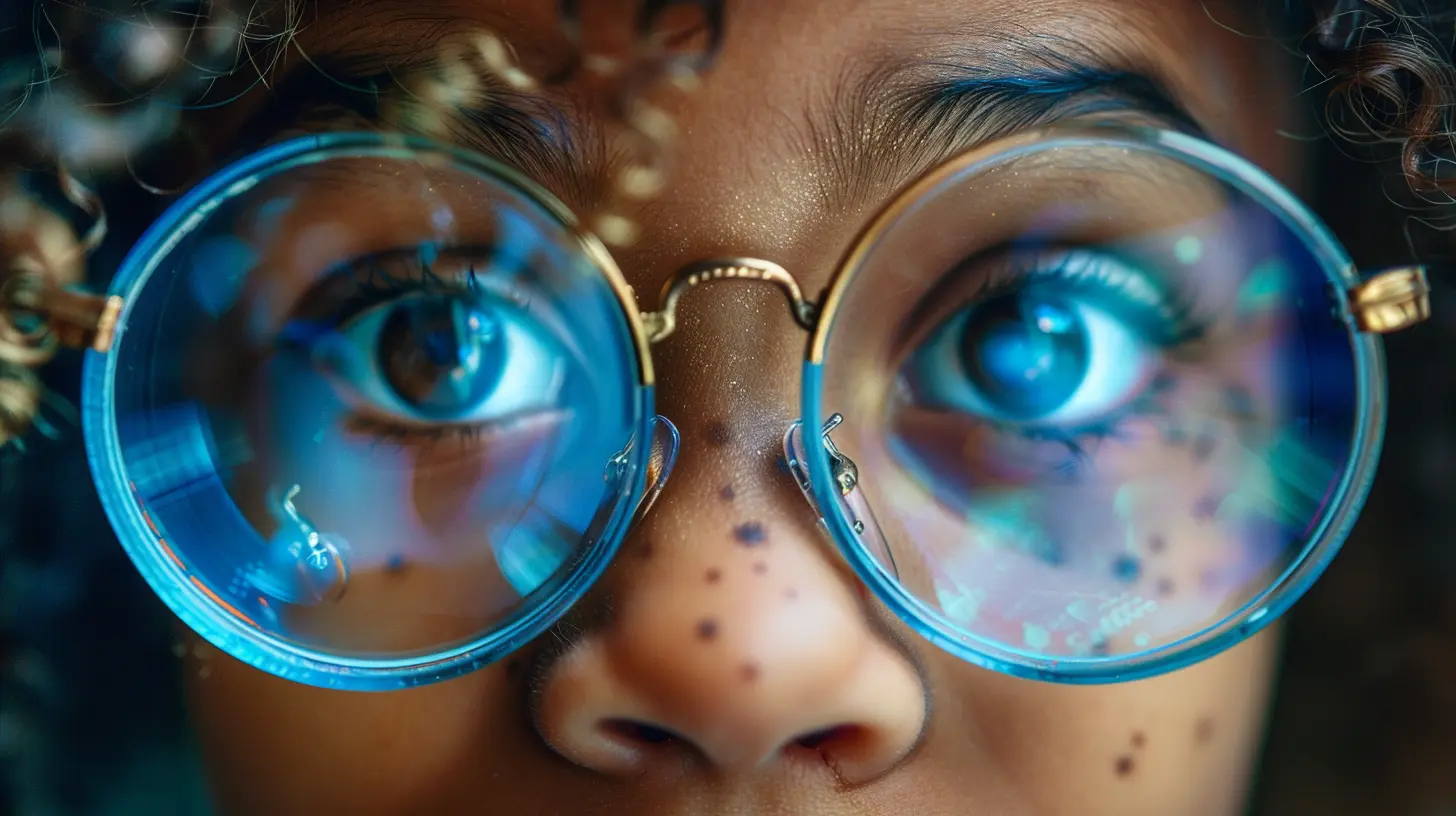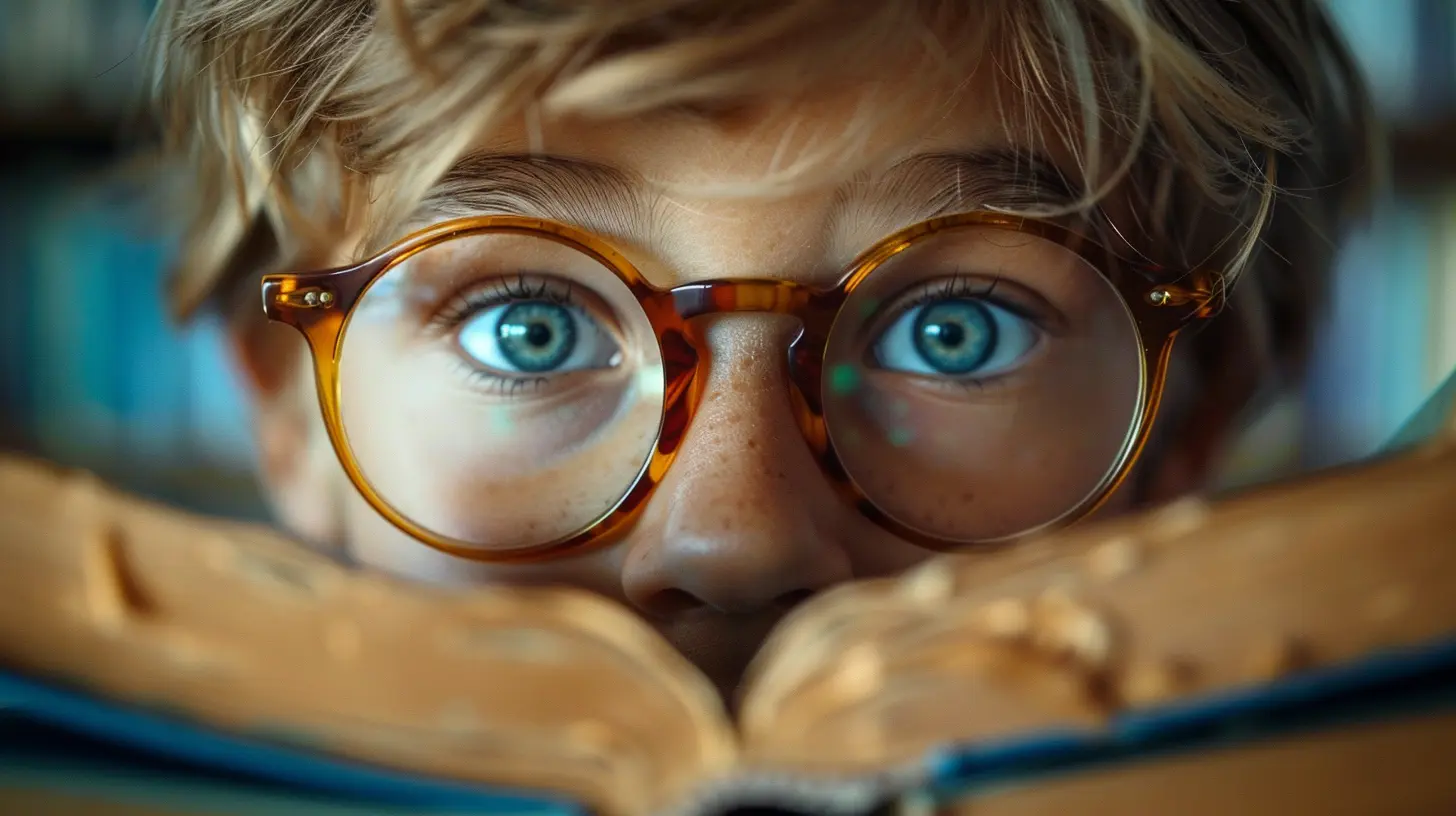The Role of Curiosity in Enhancing Learning
17 July 2025
Have you ever found yourself so fascinated by something that you went down a rabbit hole of articles, videos, or books—not because you had to, but because you just wanted to know more? That little spark that nudged you along? Yep, that’s curiosity at work. And believe it or not, it might just be the most underrated tool in the world of learning.
In this article, we’re going to break down why curiosity isn’t just a cute personality trait but actually a powerhouse driver of education and lifelong learning. So grab your mental notepad, and let’s dive into how curiosity turns passive students into active learners.
What Exactly Is Curiosity?
Before we get into the why and how, let’s nail down the what.Curiosity is that internal itch to know more. It’s what makes kids ask 50 “why” questions in five minutes or motivates adults to binge-watch documentaries. It’s the inner voice going, "Hmm, what if...?"
Psychologists define it as a strong desire to learn or know something. But honestly? It’s just good old-fashioned wonder. And it's something we all have—though some of us might need a little help bringing it out again.
Why Curiosity and Learning Are Basically Best Friends
Let’s keep it real: learning can feel like a chore. Think about all the times you had to memorize facts for a test. You probably retained just enough to pass, then promptly forgot 80% of it the next day. But when you're genuinely curious about a topic? Whole different story.Curiosity transforms learning from a mandatory task into something that’s self-driven, enjoyable, and—most importantly—memorable. Here's how:
1. It Boosts Engagement
Ever tried reading a super dry textbook chapter on something you didn’t care about? Painful.Now imagine reading about something that’s been bugging you to understand. All of a sudden, your brain is wide awake. You’re focused, asking questions, clicking links, watching videos. That’s engagement on a whole new level. Curiosity gives your motivation wings.
2. It Enhances Retention
Here’s the kicker: we remember stuff we care about. It's as simple as that.When you're curious, your brain actually lights up. Studies show that curiosity activates the same brain areas as rewards or pleasure. That means learning becomes enjoyable—and enjoyable experiences are more likely to be remembered.
3. It Encourages Deep Learning
Curiosity doesn’t settle for surface-level info. Have you ever noticed how one question leads to another? That’s because curiosity thrives on deeper understanding. Instead of just memorizing facts, curious learners make connections. They ask questions like “Why?” and “What if?”—which leads to critical thinking, problem-solving, and creativity.
Curiosity in the Classroom: A Game-Changer
So, how does this play out in real-world education?Let’s be honest—traditional classrooms don’t always prioritize curiosity. There's often a syllabus to stick to, tests to prep for, and standards to meet. It’s a lot. But the good news? With just a few tweaks, curiosity can become a central part of any learning environment.
Student-Led Learning
When students have the chance to ask their own questions and guide their own learning paths, magic happens. Whether it’s project-based learning or open-ended assignments, giving students autonomy helps them tap into their natural sense of wonder.Interactive Teaching Styles
Teachers who bring enthusiasm, ask open-ended questions, and encourage students to explore beyond the textbook can spark curiosity like wildfire. It’s the difference between saying, “Read this chapter,” versus “Have you ever wondered how this works in real life?”Safe Space for Questions
Remember how it felt to ask a question in class, only to be met with silence or even giggles? That shuts curiosity down fast. But when educators create a space where questions are welcomed—no matter how far-out—they encourage students to keep asking, thinking, exploring.
Curiosity Outside the Classroom: Lifelong Learning Fuel
Here’s the thing: curiosity doesn’t stop when school ends.In fact, some of the most powerful learning happens outside of classrooms—through hobbies, new skills, travel, podcasts, YouTube rabbit holes (the educational ones, not just cats wearing sunglasses). That’s self-directed learning at its finest.
Curiosity is what drives people to:
- Learn a new language just for fun
- Pick up coding through online tutorials
- Read about black holes even if they're not a physicist
It’s the fuel behind lifelong learning—the kind that doesn’t come with grades but still feels deeply rewarding.
Can You Train Yourself to Be More Curious?
You bet.Some people believe you're either born curious or you're not. Not true. Curiosity is like a muscle—it gets stronger the more you use it.
Here are a few ways to turn up the curiosity dial in your everyday life:
1. Ask More Questions
Simple, right? Try ending your day by asking, “What did I learn today?” or “What do I still wonder about?” Ask follow-up questions when something piques your interest. Don’t settle—dig deeper.2. Stay Open-Minded
Curiosity and judgment don’t mix. When you're too quick to dismiss ideas or viewpoints, you shut down learning. Try to approach new information with openness, even if it challenges your beliefs.3. Embrace the ‘What Ifs’
“What if this worked differently?” “What if I tried it another way?” These questions lead to experimentation and creativity. And let’s be real—they’re kind of fun.4. Follow the Breadcrumbs
Ever find something mildly interesting, then suddenly hours have passed and you’ve learned more than you expected? Follow those trails. Curiosity often leads you places you didn’t plan to go—but that’s where deeper learning lives.Challenges to Curiosity (and How to Beat Them)
Let’s not pretend it’s all sunshine and rainbows. There are definitely things that get in the way of curiosity:- Fear of failure: What if I ask a dumb question?
- Rigid school systems: Tests, grades, deadlines.
- Information overload: So much content, where do I start?
- Lack of time: We’re all busy, and curiosity takes time to wander.
Sound familiar?
The fix isn’t about eliminating these challenges—it’s about navigating around them. Start small. Choose one topic you’re curious about and spend just 15 minutes digging into it. Ask one extra question in your next meeting or class. Little actions add up.
The Curiosity-Learning Loop
Here’s the beautiful twist: curiosity creates more curiosity.The more you learn, the more gaps you realize exist in your knowledge. And the more gaps you see, the more questions you ask. It’s a self-feeding loop that keeps your brain active, flexible, and hungry for more.
It’s like lighting a candle in a dark room—suddenly you want to see what’s in the corner, what’s behind the door, what’s up on the shelf. Learning stops being a task and turns into an adventure.
Final Thoughts: Let Curiosity Lead the Way
So here’s the bottom line: curiosity isn’t just a nice-to-have. It’s essential.Whether you’re a student, a teacher, or just someone who loves figuring stuff out, curiosity is the secret sauce that makes learning stick. It wakes up your brain, keeps you engaged, and makes education feel less like work and more like play.
And the best part? You already have it. It’s baked into your brain. All you have to do is listen to that little voice that says, “Hey, what’s this all about?”
So next time something catches your eye or tickles your brain, don’t scroll past. Follow it. That’s where the learning begins.
all images in this post were generated using AI tools
Category:
Student SuccessAuthor:

Madeleine Newton
Discussion
rate this article
1 comments
Nico McAdams
Curiosity drives engagement and deepens understanding, transforming passive learning into an active pursuit of knowledge. Nurturing this trait can significantly enhance educational outcomes across all age groups.
July 30, 2025 at 12:50 PM

Madeleine Newton
Thank you for highlighting the vital role of curiosity in learning! I completely agree that fostering this trait can greatly enrich educational experiences for learners of all ages.


